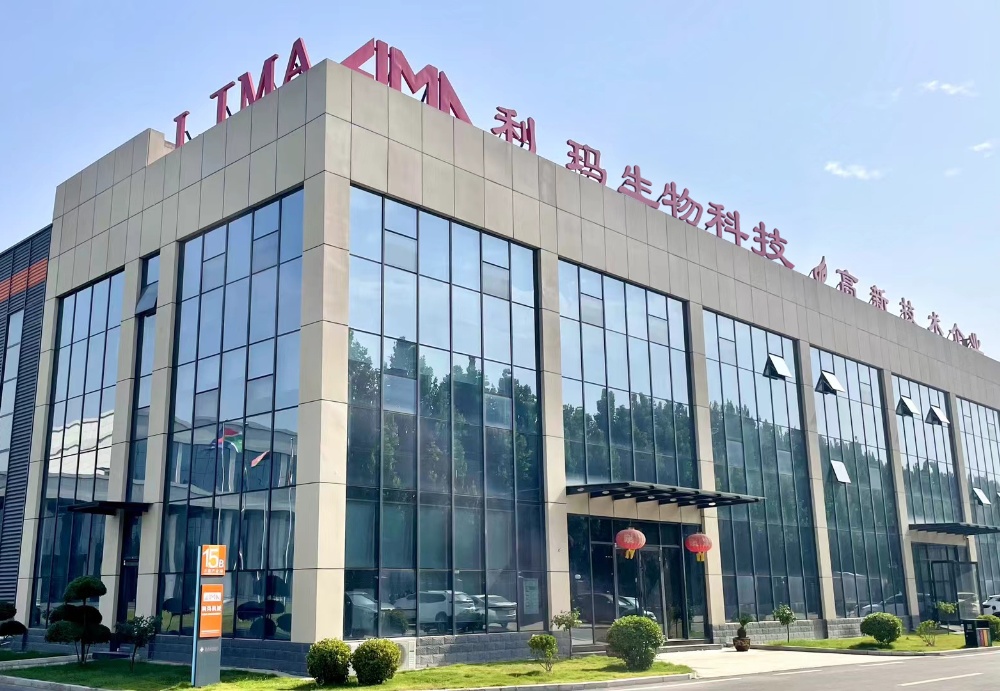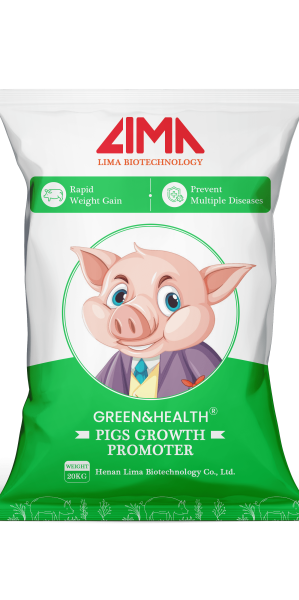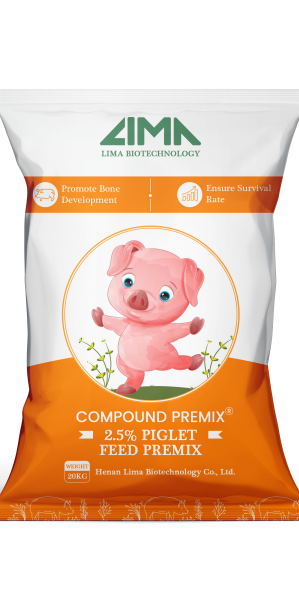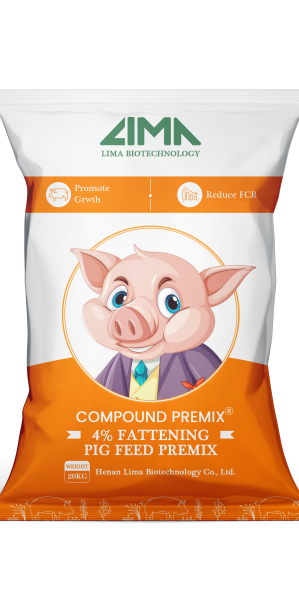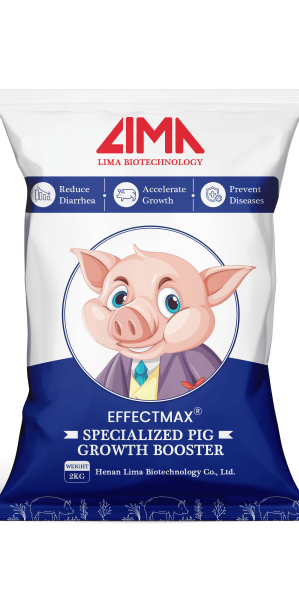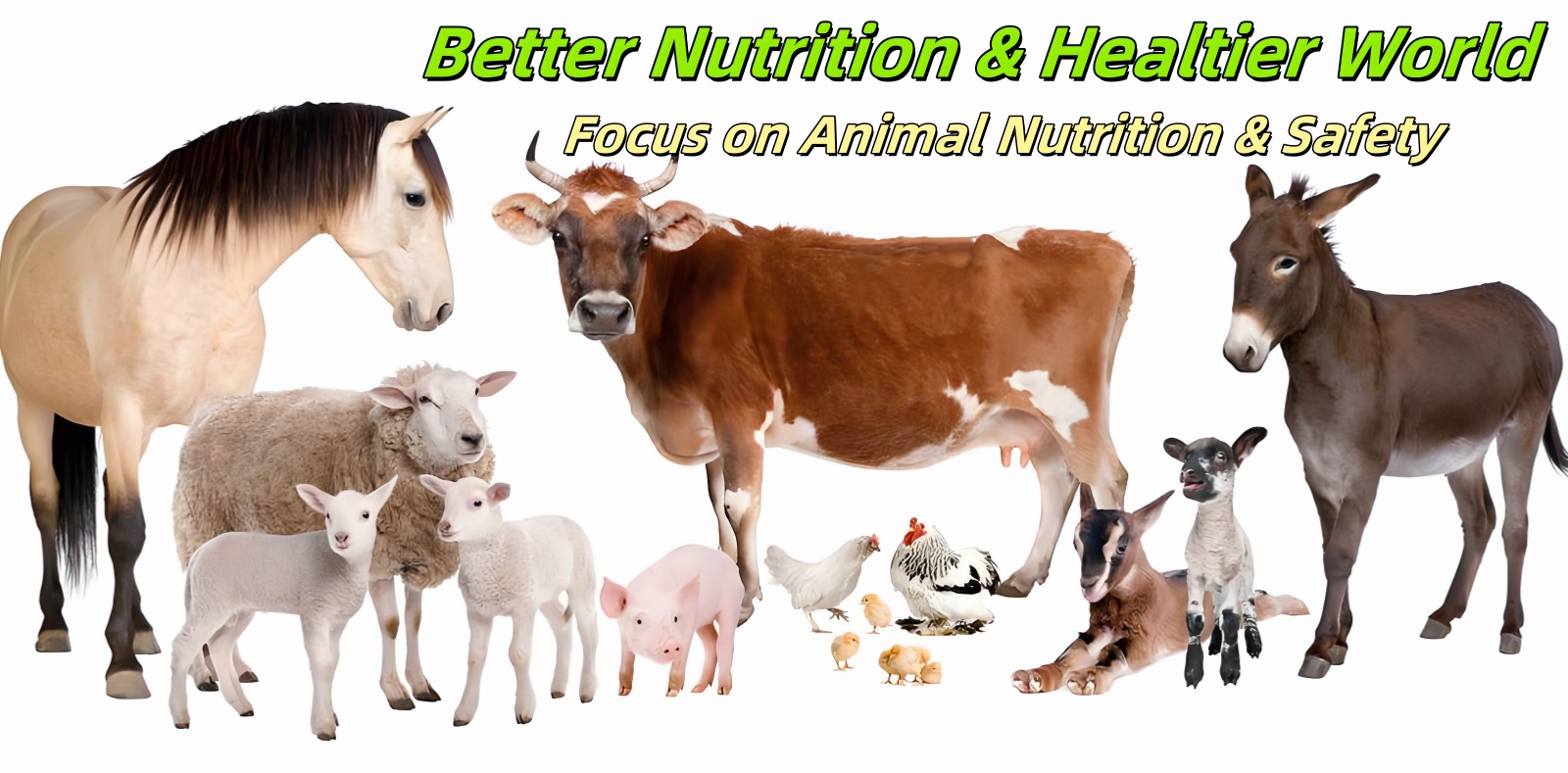Importance of pig farming in the global agricultural landscape
Pig farming occupies a key position in the global agricultural landscape. On an economic level, it is a multi-billion dollar industry that provides livelihoods for countless farmers, agricultural workers and those involved in related supply chains. In countries like China, the world's largest producer and consumer of pork, pig farming makes a significant contribution to the country's gross domestic product (GDP). According to the Food and Agriculture Organization of the United Nations (FAO), global pork production has exceeded 120 million metric tons in recent years, underscoring its enormous economic impact.
In terms of food security, pork is one of the most widely consumed meats globally. It provides a large portion of the world's population with a valuable source of high-quality protein, essential vitamins (such as B vitamins) and minerals (such as iron and zinc). This makes pig farming vital in ensuring a stable and diverse food supply, especially in areas where other protein sources may be scarce or expensive.
The use of growth promoters is of great significance in swine farming. Firstly, pig growth promoters can improve the growth rate of pigs and shorten the feeding cycle, thus improving the breeding efficiency. Secondly, growth promoters can improve the feed conversion rate, reduce the feed cost, and improve economic efficiency. In addition, pig growth promoters can also enhance the immune function of pigs, reduce the occurrence of disease and improve the health of the herd.

What are growth promoters in pig farming?
Pig Growth Enhancer in pig farming are substances or strategies used to improve growth rate, feed conversion and overall productivity of pigs. These boosters can be broadly categorized into four main groups: antibiotic growth promoters, hormonal growth promoters, nutritional additives, and plant-derived feed additives.
Antibiotic growth promoters are a class of antibiotics that are added to swine feed at subtherapeutic doses. Their primary role is to control subclinical infections and improve gut health, which in turn promotes growth. Hormonal growth promoters involve the use of hormones such as growth hormone releasing factor and anabolic steroids to regulate growth and metabolism in pigs. Nutritional additives, such as specific amino acids, vitamins, minerals, probiotics and prebiotics, are added to swine diets to optimize nutrition, enhance digestion and support growth. Plant-derived pig feed additives are derived from plants and are designed to improve pig health, appetite and gut function through their antioxidant, anti-inflammatory and antimicrobial properties.
Why are growth promoters critical in pig farming?
Growth promoters play a vital role in modern pig farming. They have a direct impact on the growth rate of pigs. For example, studies have shown that pigs consuming diets containing appropriate growth promoters are able to achieve higher daily weight gains. This means they can reach market weight in a shorter period of time, thus reducing the time and resources required for production.
Feed conversion ratio is another key aspect. Growth promoters help pigs convert the feed they consume into body weight more efficiently. A higher feed conversion ratio (FCR) means less feed waste and more feed is used for growth. This not only reduces feed costs (which are one of the major expenses in the pig business), but also improves the overall profitability of the farming operation.
Types of growth promoters
Nutritional additives as growth promoters
Amino acids
Amino acids are the basic building blocks of proteins, and specific amino acids play a vital role in promoting pig growth. For example, lysine is usually the first limiting amino acid in pig diets. When pigs do not get enough lysine, their growth performance is severely affected. Lysine is necessary for muscle protein synthesis. Lysine is incorporated into polypeptide chains during protein translation, and without enough lysine, the process of building muscle tissue is hindered.
Methionine is another important amino acid. It is involved in many metabolic processes, including the synthesis of other important molecules such as cysteine and taurine. Methionine also plays a role in the methylation cycle, which is important for a variety of cellular functions. By supplementing pigs' diets with methionine, overall growth performance can be improved because it increases nitrogen utilization. Nitrogen is a key element in amino acids and proteins, and better nitrogen utilization means more efficient protein synthesis.
The optimal level of amino acid addition to swine diets varies depending on the age, breed and stage of production. For growing pigs, diets containing the right balance of amino acids can significantly improve daily weight gain and feed conversion.
Vitamins and minerals
Vitamins and minerals are critical to pig growth and health. For example, vitamin D plays a key role in calcium and phosphorus metabolism, which is essential for bone development. Vitamin D receptors are found in many cells in the body, including osteoblasts (the cells responsible for bone formation). When vitamin D binds to its receptor, it activates genes involved in the absorption of calcium and phosphorus from the intestines and their deposition in the bones. Vitamin D deficient pigs may suffer from stunted growth and skeletal abnormalities.
Vitamin E is a powerful antioxidant that helps strengthen the pig's immune system. It protects cells from oxidative damage, reduces the risk of disease and improves overall growth. Oxidative stress occurs when there is an imbalance between the production of reactive oxygen species (ROS) and the body's antioxidant defenses. Vitamin E scavenges these ROS and prevents damage to cell membranes, proteins and DNA.
Minerals like zinc and selenium are also important. Zinc is involved in many enzymatic reactions that are essential for proper immune function, growth and reproduction in pigs. Zinc-dependent enzymes are involved in processes such as DNA synthesis, cell division and protein digestion. Selenium is a component of several antioxidant enzymes such as glutathione peroxidase. This enzyme helps reduce oxidative stress by converting harmful hydrogen peroxide into water.
There are many vitamin and mineral based growth promoter products on the market. These products are formulated to provide the proper balance of essential vitamins and minerals to meet the specific needs of pigs at different stages of growth.

Probiotics and prebiotics
Probiotics are live microorganisms that, when administered in sufficient amounts, produce health benefits for the host. In the context of pig farming, probiotics help maintain a healthy gut microbiota balance. They act through a variety of mechanisms. Some probiotics, such as certain strains of Lactobacillus and Bifidobacterium, produce lactic acid. This lactic acid lowers the pH level in the gut, creating an environment that is unfavorable to the growth of many pathogenic bacteria. Probiotics also compete with pathogenic bacteria for attachment sites and nutrients in the intestines, reducing the ability of pathogenic bacteria to colonize and cause disease.
On the other hand, prebiotics are indigestible substances that stimulate the growth and activity of beneficial microorganisms in the gut. Examples of prebiotics include oligofructose (FOS) and inulin. These prebiotics are not digested by the pig's own digestive enzymes, but are fermented by beneficial bacteria in the gut. Fermentation of prebiotics produces short-chain fatty acids (SCFAs) such as acetic, propionic and butyric acids. Short-chain fatty acids have a variety of beneficial effects, including providing an energy source for intestinal epithelial cells, enhancing intestinal barrier function, and modulating the immune system.
Antibiotic growth promoters
Antibiotics promote pig growth in several ways. One of the main mechanisms is to reduce subclinical infections. Even in well-managed pig farms, pigs may be exposed to a variety of pathogens that can cause subclinical infections that may not be readily apparent but still affect growth. Antibiotics target these pathogens, eliminating or reducing their numbers. By improving gut health, antibiotics also enhance nutrient absorption. They reduce the amount of energy pigs need to expend to fight low levels of infection, making more energy available for growth. Ultimately, this leads to increased growth rates and improved feed conversion.In China, the use of antibiotics as pig growth promoters has been banned for ten years. You can trust that Lima Biotech's pig growth promoters do not contain any antibiotic ingredients.
Hormonal growth promoters
Types of hormones used
Several types of hormones are used as growth promoters in swine farming. Growth hormone releasing factor (GHRF) is one of these types.GHRF stimulates the release of growth hormone (GH) from the pituitary glands of the pig.GH subsequently promotes growth through several pathways. It increases protein synthesis in muscle cells by enhancing amino acid uptake and activating translational mechanisms.GH also promotes lipolysis (lipolysis) to provide energy for the growth process. In addition, it stimulates the production of insulin-like growth factor-1 (IGF-1) in the liver and other tissues.IGF-1 further promotes cell growth and proliferation in both autocrine and paracrine ways.
The other group are anabolic steroids, which act by binding to androgen receptors in muscle and bone cells. This binding activates a series of intracellular signaling pathways that lead to increased nitrogen retention. Nitrogen is a key component of proteins, and increased nitrogen retention means that more proteins can be synthesized, leading to muscle growth. Anabolic steroids also have a positive effect on bone density, which is important to support increased body weight during growth.
Effects and benefits
Numerous studies have proven the effectiveness of hormonal growth promoters. Studies have shown that pigs treated with appropriate hormonal growth promoters can significantly increase growth rates and improve carcass quality. They can increase lean meat production while reducing fat deposition. In terms of feed utilization, hormonal growth promoters also improve the efficiency with which pigs convert feed to body weight, thereby reducing feed costs per unit of weight gain.

Safety and ethical considerations
Despite their efficacy, hormonal growth promoters have significant safety and ethical concerns. There are concerns about the safety of consuming meat from pigs that use these hormones. Some studies have shown that residues of these hormones in meat may have hormone-disrupting effects on humans, especially children and pregnant women.
The use of hormones in animal farming has been a controversial topic from an ethical standpoint. Critics argue that it is unnatural to manipulate an animal's hormonal system in order to simply increase growth. There are also concerns that hormone-induced rapid growth may have implications for pig welfare, such as the potential for bone and joint problems. In response to these concerns, many countries have strict regulatory restrictions on the use of hormonal growth promoters. In the European Union, the use of hormone-based growth promoters in pig farming is completely banned, while in other regions their use is strictly regulated and monitored.
Application and implementation of growth promoters
Incorporation of growth promoters into pig diets
Diet formulation considerations
Several factors need to be considered when formulating diets containing growth promoters for pigs. The age of the pig is an important factor. Piglets have different nutritional needs than growing and fattening pigs. For example, piglets may require higher levels of certain amino acids and vitamins for proper growth and development. Breed also plays a role. Different pig breeds have different growth rates and genetic potential, so diets and growth promoter additions need to be adjusted accordingly.
The stage of production of the pig is another key consideration. Pigs used for meat production may have different dietary needs than breeding sows. Balancing the addition of growth promoters with other nutrients in the diet is critical for optimal nutrition. Growth promoters should not upset the balance of other nutrients in the diet. For example, if a vitamin-based growth promoter is added, care must be taken to ensure that it does not result in too much or too little supply of other vitamins or minerals.
Feeding strategies
There are different feeding strategies for administering growth promoters. Continuous feeding involves adding the pig growth promoter to the pig's feed throughout its growth cycle. This may be effective for some growth promoters, such as certain nutritional additives. Pulse feeding, on the other hand, involves adding growth promoters to the feed for a specific period of time. For example, some farmers may use pulse feeding for probiotics, adding them to the feed within a few weeks of a key growth phase to enhance the gut health of the pig.
The timing and frequency of growth promoter supplementation is related to the growth cycle of the pig. For example, during the early stages of growth, pigs may benefit more from a continuous supply of amino acid-based growth promoters to support rapid muscle development. As pigs approach the later stages of fattening, the focus may shift to other growth promoters that can improve carcass quality.
Ensure even distribution
Ensuring that growth promoters are evenly distributed in pig feed is critical. Uneven distribution may result in pigs being over or under dosed. To achieve uniform distribution, proper mixing techniques need to be used. Feed processors often use specialized mixing equipment to ensure that growth promoters are evenly distributed in the feed. When farmers mix their own feeds on the farm, they should follow strict guidelines to ensure adequate mixing.
Proper handling of pig feed additives is also important. Some growth promoters, especially in powder or liquid form, may be sensitive to moisture, heat or light. Proper storage conditions, such as storing them in a cool, dry place out of direct sunlight, can help maintain their effectiveness.













